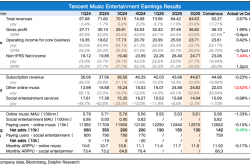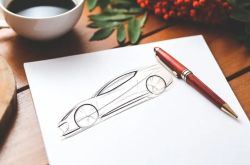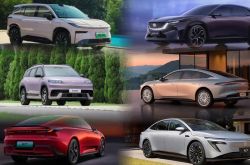Chinese Automobiles: Persevere in Harnessing the Dividends of Design
![]() 11/13 2025
11/13 2025
![]() 355
355
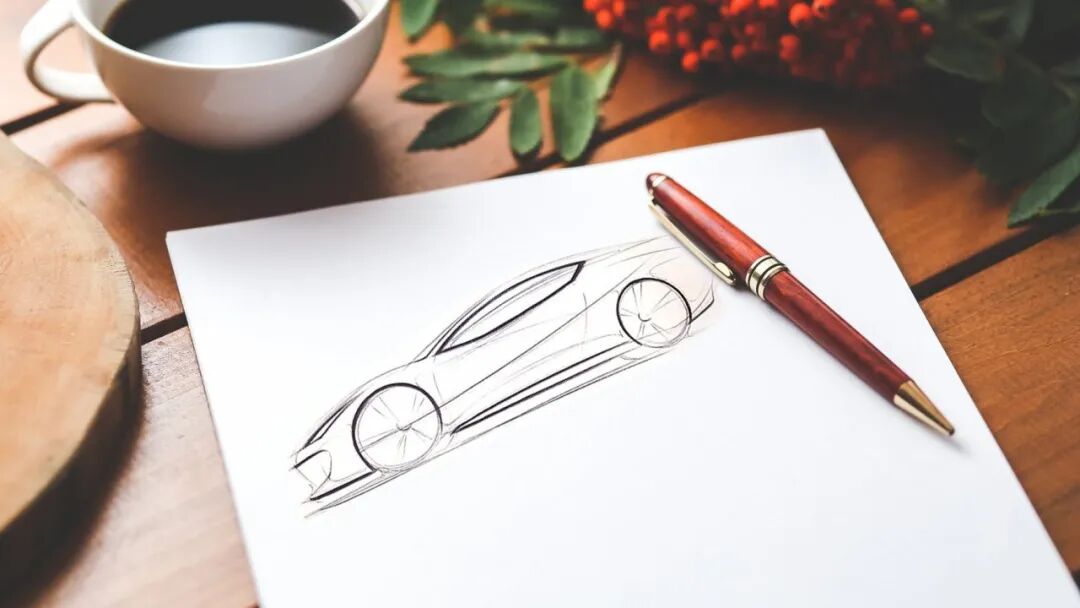
Introduction
Truly superior design is about appearance and delves deep into the soul.
From being latecomers to achieving a leapfrog, the Chinese automotive industry has written a magnificent industrial epic in the history of global manufacturing.
The journey of advancement for Chinese automobiles is inseparable from the sweat and efforts of millions of automotive professionals. However, there is a keyword that has run through almost the entire evolution process of Chinese automobiles over the past two decades—automotive design.
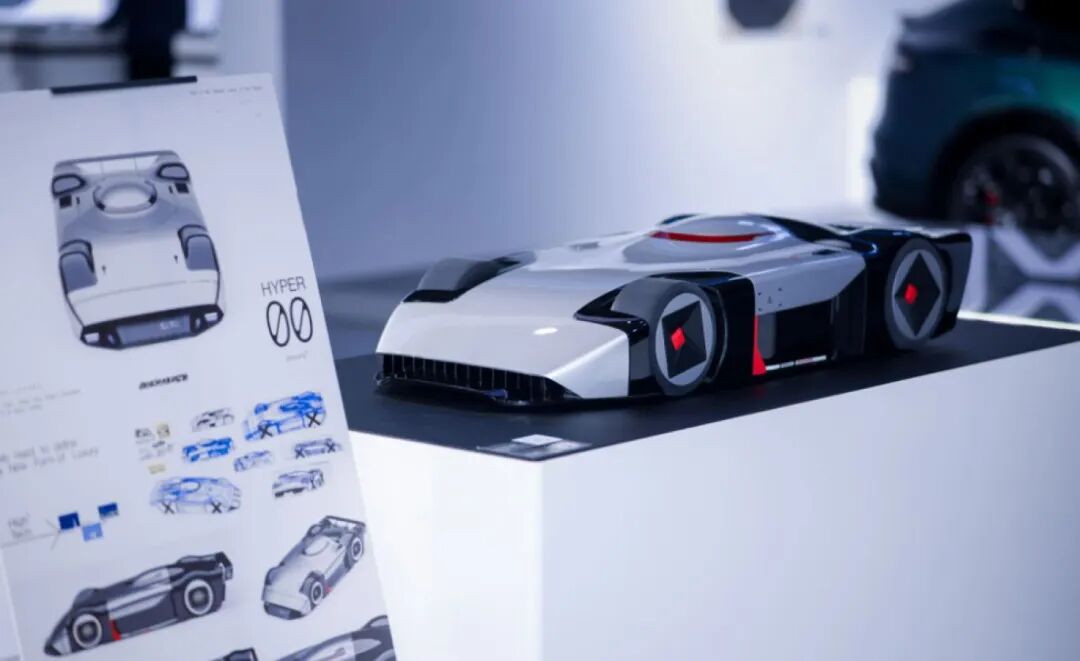
More than a decade ago, domestic consumers marveled at models like the Chery Arrizo 7 and Geely Borui, exclaiming, 'Domestic cars finally have good-looking products,' which drove up sales for local brands. Today, models like the Exeed Sterrato ES, iCAR V23, and Yangwang U8 have made the world feel the original design power of Chinese automobiles, which is as strong as their technological heritage.
'On this land of China, you will redefine the essence of automotive aesthetics—individuality, intention, and culture—and thereby establish a new global standard of excellence for the automotive industry,' said Chris Bangle, automotive design master and former head of design at BMW, at the 2025 China Automotive Forum—Automotive Styling Design Sub-Forum.

By reconstructing the aesthetic system of automobiles and shaping new industry standards led by China, it is evident that the word 'design' carries significant weight.
We do not agree with the notion that 'a good-looking car will definitely sell well,' nor do we support the pursuit of appearance at the expense of copying designs. These represent shallow understandings of design.
Truly superior design is about appearance and delves deep into the soul.

From Plato's praise of aesthetics in 'The Republic,' stating that 'beauty is the splendor of truth,' to modern design master Paul Rand's proposition in 'The Meaning of Design' that 'design is the perfect combination of form and content,' humanity's pursuit of aesthetics has been consistent.
In today's Chinese automotive industry, design has moved from the periphery to the core, becoming a key engine driving the enhancement of brand value. To continue to rise in this new phase, Chinese automobiles must seize the dividends of design.
01 Fuel Vehicle Era: Laying the Foundation
Steve Jobs once said, 'Design is not just what it looks like and feels like. Design is how it works.' In the increasingly competitive global automotive market, this statement serves as a golden rule at every critical development node of the industry, determining the success or failure of brands.
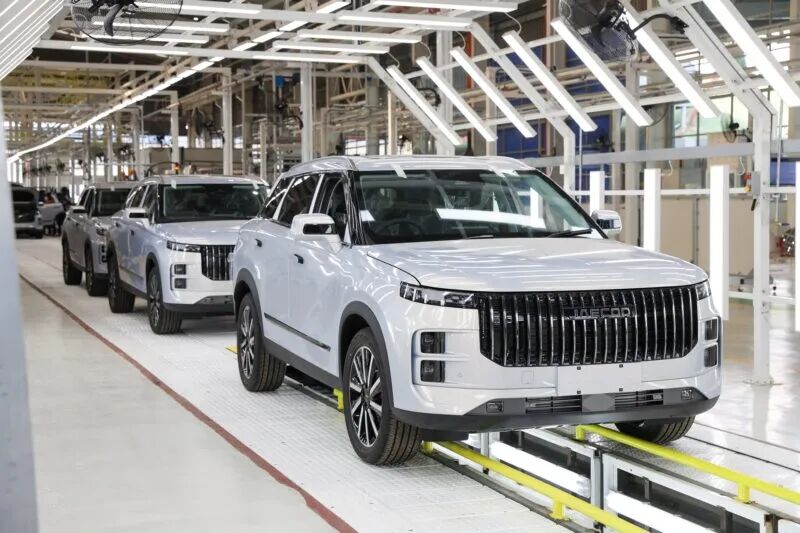
Looking back at the journey of the Chinese automotive industry, certain elements have always accompanied the leap in market size and industrial chain strength.
Since China became the world's largest automotive market in 2009, double-digit year-on-year growth in national car sales occurred in 2009-2010, 2013, and 2016.
What were the driving factors? Many would think of the purchase tax incentive policies. However, the progress in the product competitiveness of Chinese brand automobiles cannot be overlooked. After all, there was rapid growth in 2010 even without policies, and there was still a decline from 2018 to 2020 despite incentive policies. Therefore, the decisive significance of product competitiveness itself becomes increasingly prominent at every turning point of rapid growth.
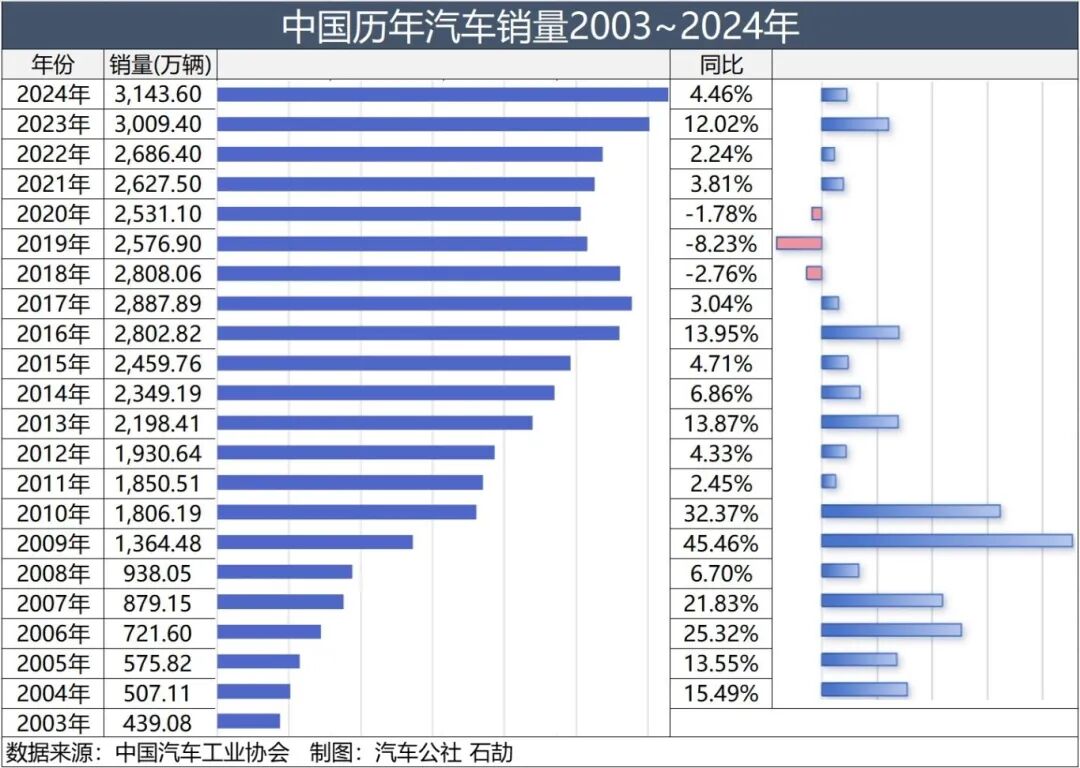
Further deconstructing automotive product competitiveness: the challenge in terms of technological barriers is a rigid strategy, while starting anew in terms of design and considering users' emotional appeals is an indispensable flexible strategy. Flexibility and rigidity are opposite yet unified, and design and technology also permeate and collaborate with each other to achieve a balance of strength and flexibility.
From 2012 to 2013, a batch of automotive products that initially caught up with global design standards emerged in the Chinese market, such as the Geely Emgrand launched in 2011, the Changan Eado released in 2012, and the Chery Arrizo 7 introduced in 2013.
With products like the Chery A3 popularizing the ESP concept among the Chinese people, Chery's technological label had already become deeply ingrained at that time. However, the question 'When will Chery have a good-looking car?' struck a chord. In 2012, Chery hired internationally renowned designer James Hope, who took 'natural flowing water' as the source of design inspiration, outlining a naturally integrated, spiritual, and dynamic flowing water body.
Don't think that Chery just added a car with good looks. More importantly, the achievements of this new design concept are twofold: firstly, it initiated the family design language for subsequent products like the Arrizo 5 and Arrizo 8; secondly, it marked a fundamental shift in design philosophy for Chery and even the entire independent brand camp (autonomous brand camp can be translated as 'independent brand camp ' or simply 'domestic brand camp ' depending on context, here we use 'independent brand camp ' to emphasize non-foreign brands), transitioning from an 'engineer's mindset' to a 'user's mindset,' and beginning to focus on the aesthetic value and emotional resonance of styling.
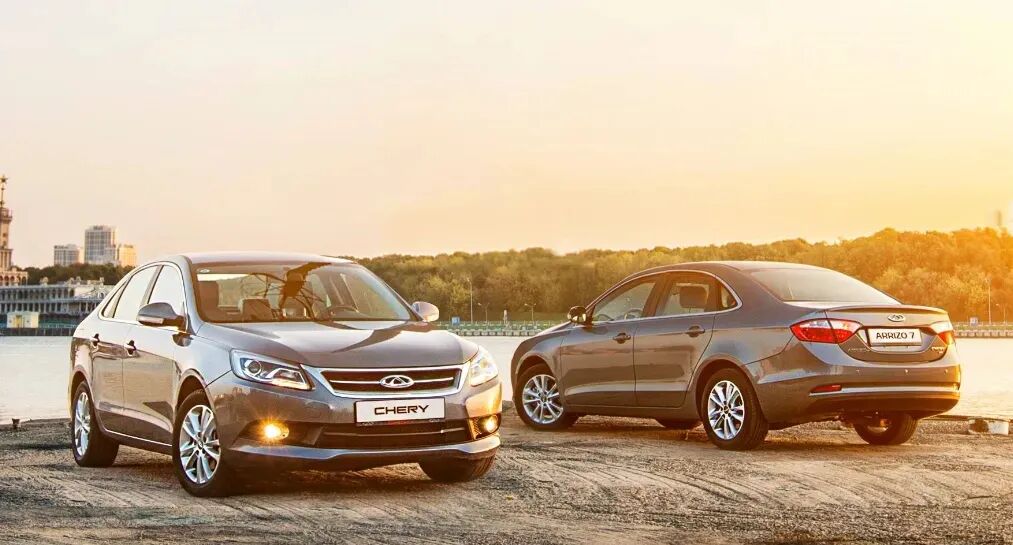
As a result, the design progress of independent brands accelerated their performance improvement. In 2013, Chinese car sales surged by 13.87% year-on-year to 21.9841 million units, truly a result driven by both policy incentives and product progress.
Similar stories unfolded in 2015-2016.
The Geely Borui in 2015, designed by Volvo designer Peter Horbury, was hailed as the 'most beautiful independent car,' stunning both inside and outside the industry. The Arrizo 5, which debuted overseas in 2016 before launching domestically, adhered to the family design language established by the Arrizo 7 and became one of the long-term sales leaders among independent sedans.
Thus, it can be seen that the 13.95% high growth in Chinese car sales and the 28.0282 million units sold in 2016 also owed much to the collaborative boost from policies, technology, and design.
Because Chinese automobile companies like Chery have repeatedly reaped market dividends through design, it is no surprise that today, a decade later, when we see 'Chery Group has 10 styling centers domestically and abroad, with a design team of over 1,000 people from different countries' at the Automotive Styling Design Sub-Forum, the 'love for beauty' gene was written into their bloodline back then.

It can be said that 2013-2015 became a critical watershed for the design awakening of Chinese independent brands. A batch of new cars broke consumers' stereotypes of domestic cars, winning market recognition with international design languages, and making outstanding contributions to the Chinese automotive industry's latecomer advantage in the fuel vehicle era.
What about the era of automotive electrification and intelligence after the transition? Will design decrease in importance and yield more to technology or other elements?
The answer is obviously negative.
02 Electric + Intelligent: Accelerating the Blossoming of Design Value
'Electric vehicles all look the same; without intake grilles, what design is there to speak of?' Such skeptical remarks are abundant.
What is the truth? At the Automotive Styling Design Sub-Forum, industry experts provided encouraging viewpoints.
'With the continuous breakthroughs in artificial intelligence and technological progress, styling design has become an intrinsic expression of technological progress, scientific achievements, and aesthetic pursuits,' explained Fu Bingfeng, Executive Vice President and Secretary-General of the China Association of Automobile Manufacturers, 'representing the emotional characteristics of this era and endow (fùyǔ, meaning 'endowing') brand experiences with unprecedented creative imagination space.'
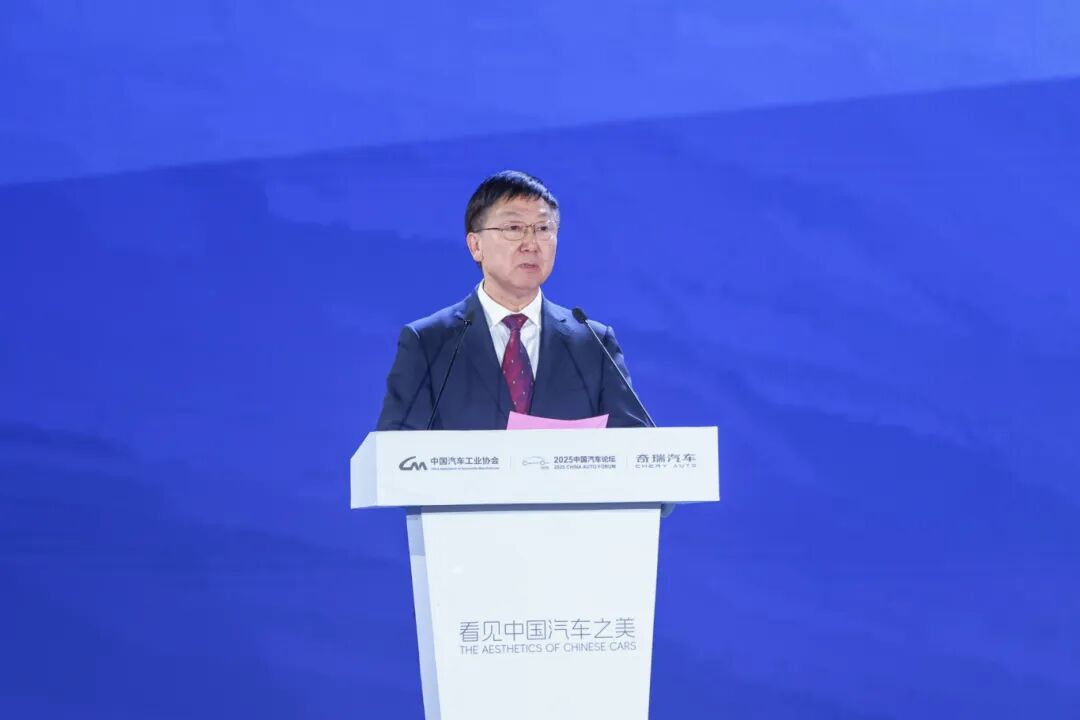
Chris Bangle highly evaluated the current weight of interior design. After citing the industry saying from four decades ago that 'consumers buy a car initially for its appearance and repurchase it for its interior,' Bangle emphasized, 'The interior is becoming more important than ever because it is where users establish a real connection with the brand's promise.'
Does electrification and intelligence lead to a decline in weight or an increase in status for automotive design?
According to He Renke, Member of the Hunan University Council, Professor of the School of Design and Chair of the Academic Committee, the transformation of automobiles towards electrification and intelligence has both positive and negative impacts on design. 'As traditional fuel vehicles transition to new energy, from the perspective of automotive styling, some elements are decreasing, but some are increasing.'

In his view, new energy vehicles pursue low wind resistance, and exterior design is constrained by aerodynamic performance requirements, such as the pursuit of hidden door handles and electronic rearview mirrors, thus There is a certain possibility of convergence . However, on the other hand, it has added new design stages like light language, where lighting can interact with the exterior, which traditional automotive lighting cannot achieve.
The popularization of intelligent electric vehicles has made cabin design more intelligent and technological, bringing more challenges while also providing a broader stage. Should the human-machine interaction interface pursue a cool technological sense or a pleasing design sense? How should touchscreens and physical buttons form an organically unified whole in the cabin? Obviously, designers have more room to play than before.
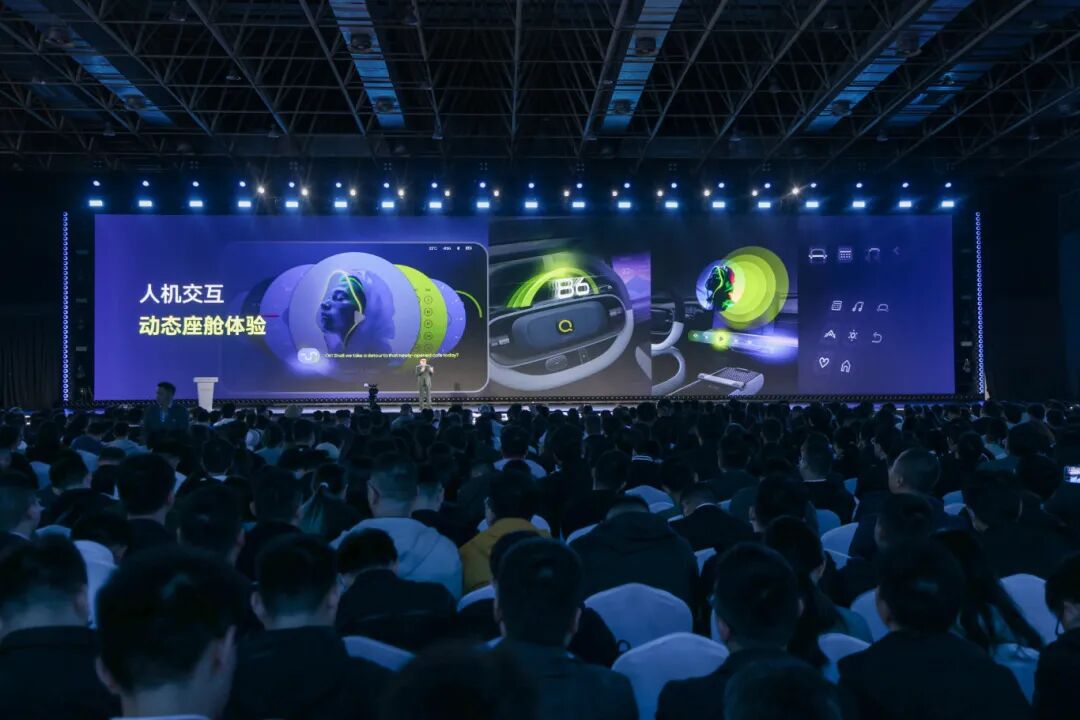
If 'all cars looking the same' is a major taboo in automotive design in this new phase, then greater room to play and a broader stage for display are the most favorable grasps for solving homogenization.
'Price wars and severe homogenization, including styling homogenization, are prevalent. Therefore, I hope Chinese automobiles can counter internal competition by starting with styling improvements and brand upgrades,' said Yin Tongyue, Chairman of Chery Automobile Co., Ltd., representing the aspirations of many industry professionals.
In response to the development trend of automotive new energyization, Chery has reconstructed its design logic with 'technology empowerment + cultural resonance.' The core of new energyization for styling design is 'the explicit design of technological symbols' and 'the implementation of sustainable design.'
The intelligent design of the Fengyun A9L centers on 'users' full-scenario needs.' The iCAR brand targets young consumer groups with 'fun,' opening up a new category of 'stylish off-road.'
During the era of design dividends for fuel vehicles, BYD established the Dragon Face design language system through Egger; Geely, under Horbury's leadership, incorporated national trend elements into original automotive design; Guangqi Zhang Fan and SAIC Shao Jingfeng even once sparked a wave of designer personal IPs. Then, in the era of intelligent electric vehicles, design dividends should still be a key focus for automobile companies to pursue.
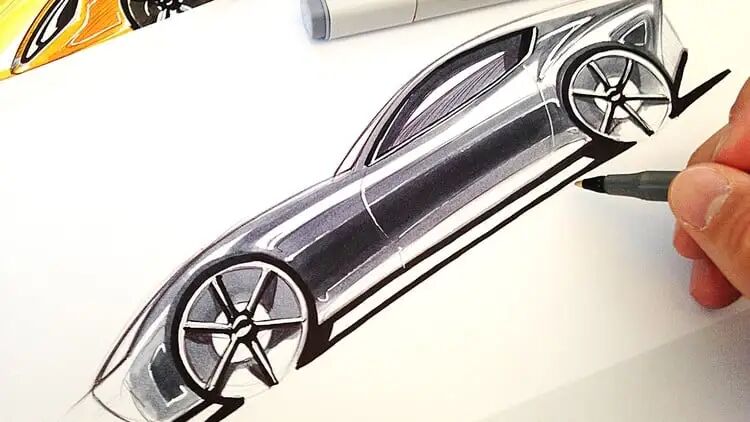
AITO and Li Auto, with their heavy and square exteriors and dazzling interior configurations, have won the favor of family car users; Zeekr, IM Motors, and Avita, pursuing a sporty and youthful image, have also established a good reputation.
However, in the midway of the intelligent electric vehicle era, Chinese automobiles still need to persevere and continue to tap into automotive design to build their own automotive value system standards that they can lead.
03 The Soul of Automobiles: Spanning Ancient and Modern Times
Design is the soul of automobiles that spans ancient and modern times and is also crucial for the rise of Chinese automobiles.
As new energy and intelligent connected technologies level the hardware gap, styling design and cultural expression are becoming the core codes for Chinese automobiles to leap from 'global sales champions' to 'global value benchmarks.'
It is only now that we realize that 'automobiles sailing overseas' are not just about the products themselves but also about automotive culture and value systems. And the evolving automotive design also carries the heavy responsibility of assisting Chinese automobiles in going global.
Liu Yan, Deputy Secretary-General of the China Association of Automobile Manufacturers, believes, 'Automotive design is not just the art of lines and surfaces but also an expression of brand soul and cultural heritage. For Chinese automobiles, it is an indispensable 'soft power' for going global.'

Yin Tongyue recalled a meeting with Renault CEO Luca de Meo a few years ago, where the latter praised the design of the iCar V23 and expressed a desire to cooperate with Chery. Invisibly, the iCar became an international ' stepping stone ' (qiāoménzhūan, meaning 'a stepping stone' or 'a key to open doors') for automotive internationalization with its outstanding design.
Reinventing automotive design presents an opportunity to reconstruct the automotive value system and an occasion for the global automotive community to embrace the essence of Chinese automotive spirit.
"What brand promise could be more compelling than 'making you feel as comfortable as at home while continuously surprising you'? In a cost-driven business world, quantifying the value of these human-centric concepts is indeed challenging," Chris Bangle deconstructed from the foundational logic of value. "But consider this: What is the value of a good first impression? When it comes to consumers' car-buying decisions, it's priceless."

Data speaks volumes: At various historical junctures of China's automotive scale advancement, brands with strong sales momentum have often been those that have made significant strides in automotive design.
In China's automotive market in 2024, BYD led the pack with 4.27 million vehicles sold; Chery Group, ranking second, achieved a 38.4% year-on-year increase, setting a new historical high of 2.6039 million units; Geely also surpassed 2 million units, with growth exceeding 30%.
BYD's Ocean and Dynasty networks showcased design advancements with new models such as the Song L, Haishi, and Haibao, while Denza, Fangchengbao, and Yangwang also garnered acclaim for their high-end designs. Geely, whether with its affordable brand Galaxy or high-end brands Lynk & Co and Zeekr, has won a large following through design and aesthetics.
Perhaps Chery's design refinement deserves particular scrutiny.
Chery's design approach in the new era reflects an evolution from "technology empowerment" to "aesthetic symbiosis." Distinguishing itself from "pure aesthetic design" through "technology-driven + user co-creation + global collaboration," Chery highlights its design differentiation as a "tech enthusiast." From Chery's perspective, "design is not the antithesis of technology but its best expression."
To this end, Chery has focused on design from the very source of talent cultivation, hosting the "Global University Student Design Competition" for three consecutive years; it also established the "Art Kaiyang Laboratory" for the first time, collaborating with ten renowned domestic universities on dimensions such as styling creativity, CMF (Color, Material, Finish), human factors, interaction, experience, and tools.
Applied to its latest products, at the 2025 Shanghai Auto Show, Chery's new QQ brand embraced the concept of the "Inspiration Bridge," inheriting the classic QQ's rounded styling while incorporating modern, minimalist design elements to construct the basic styling logic of the new-era QQ. This represents both an innovation looking toward the future and a nod to the past.
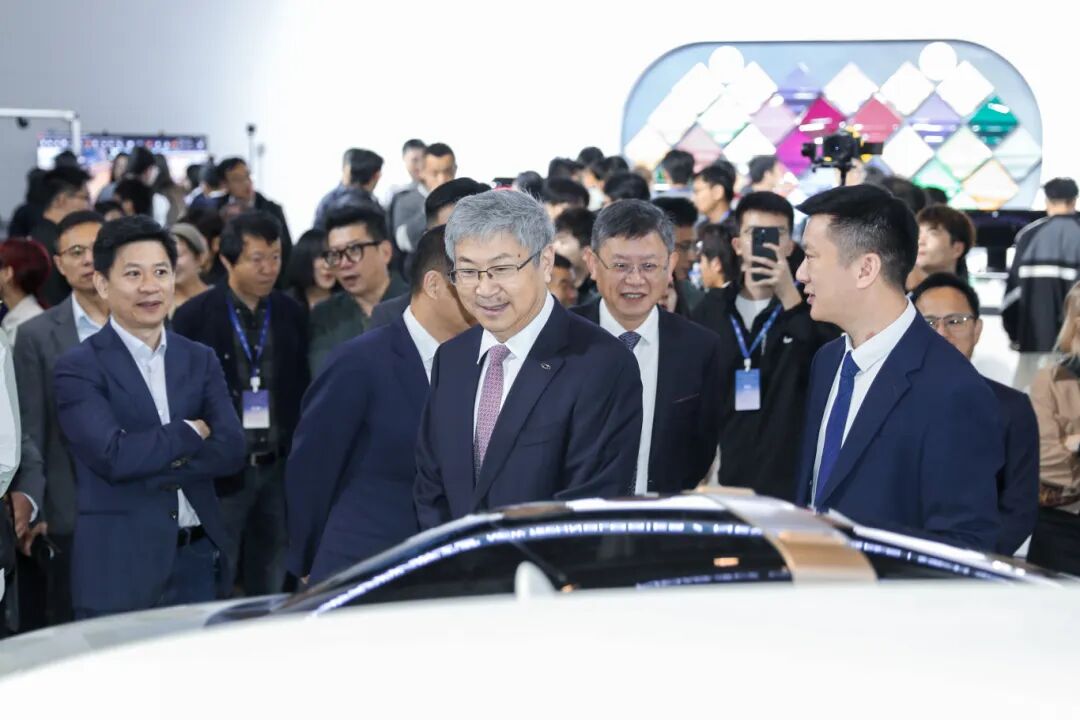
"My grandson is 5 years old and has been learning to draw for three years. I hope he will pursue automotive styling like you guys one day," Yin Tongyue shared this "secret" with a beaming smile, his eyes crinkling. "He may not listen to me, though."
Seemingly a humble remark, it deeply imbues a strong sense of anticipation everywhere.
Undoubtedly, the next phase of China's automotive glory rests in the hands of countless young or budding talents who, in the name of aspiration and passion, pick up the heavy brush of design.
Editor-in-Chief: Cao Jiadong Editor: He Zengrong
THE END



